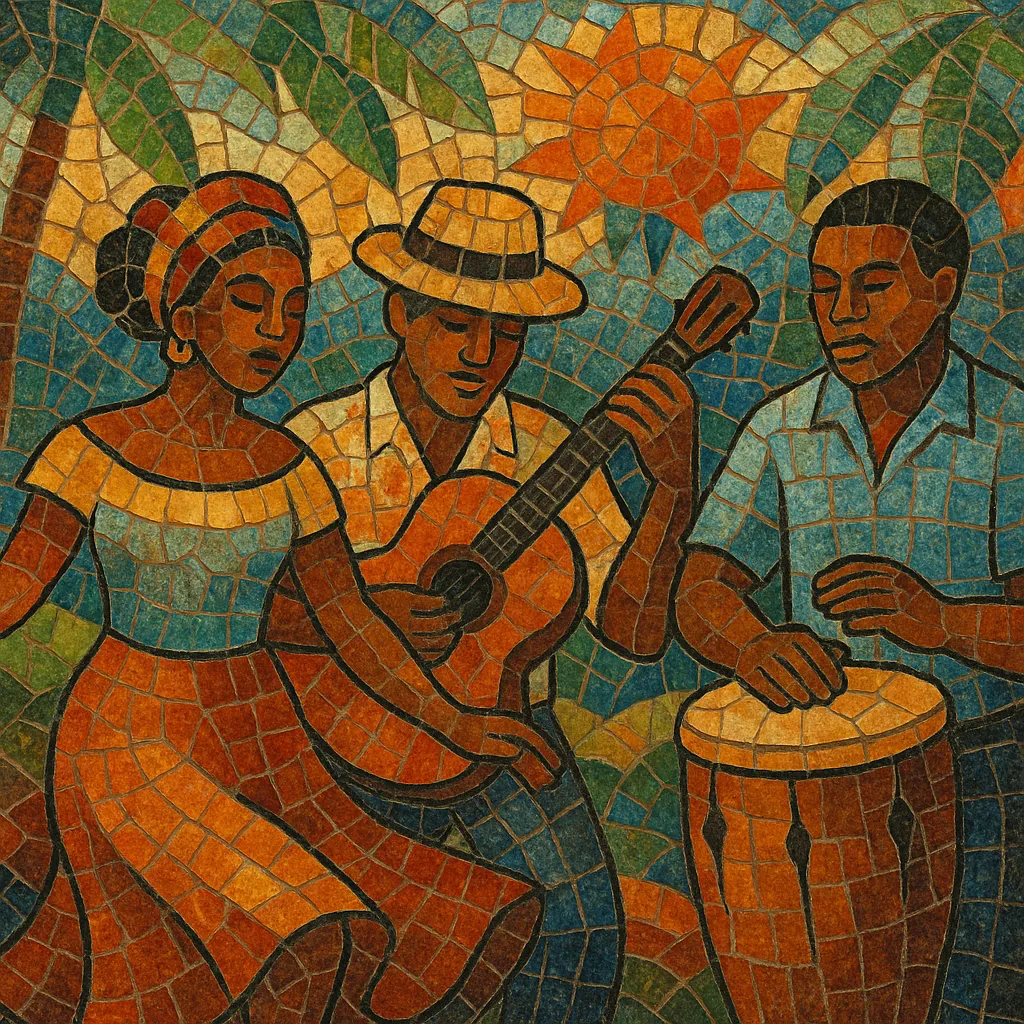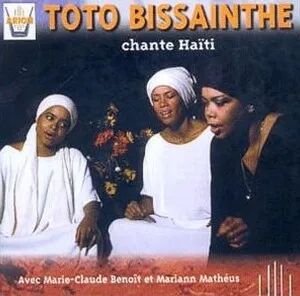French Caribbean music refers to the diverse popular and traditional styles that emerged from the francophone islands and territories of the Caribbean—chiefly Guadeloupe, Martinique, and Haiti (as well as the wider Creole-speaking sphere). It blends African diasporic rhythms, European ballroom dances, and local Creole song forms into a continuum that runs from biguine and gwo ka to cadence/compas and the modern zouk wave.
Across the 20th century, the sound evolved from acoustic dance music and drum-centered traditions into electrified dance bands and studio-crafted pop. Typical characteristics include syncopated percussion (ka drums, tanbou, tibwa), lilting two-step or 6/8 feels, bright horn lines, Creole or French lyrics, and, in later decades, synthesizers, drum machines, and glossy production. The result is music that works equally well for street parades, ballroom dancing, and radio-friendly pop—often joyful, romantic, and irresistibly danceable.
French Caribbean music crystallized from the encounter of African diasporic rhythms and song with European social dances brought by colonizers. In Martinique and Guadeloupe, drum traditions like gwo ka (ka drums, call-and-response) coexisted with European forms such as the waltz, polka, and mazurka. By the late 1800s and early 1900s, this fusion yielded biguine—an upbeat Creole dance music that would become one of the first globally recognized sounds from the Antilles.
During the interwar years, Antillean musicians in Paris popularized biguine in dance halls and cabarets, weaving Caribbean rhythms with jazz instrumentation. This period set a template for cosmopolitan, horn-led ensembles and established a transatlantic circuit that kept Antillean music in dialogue with jazz and popular song.
From the 1950s onward, Haitian compas (cadence) reshaped dance music across the francophone Caribbean, emphasizing a steady, modernized beat, guitar interplay, and smooth horn arrangements. Dominican cadence-lypso (Exile One) and Antillean orchestras (e.g., Malavoi) refined the format with electric instruments, jazz harmonies, and polished arrangements, while local drum traditions and carnival musics maintained grassroots vitality.
In the early 1980s, Kassav’ forged zouk—a studio-forward, high-energy dance music sung in Creole, powered by drum machines, synthesizers, tight horn stabs, and call-and-response hooks. Zouk swiftly became the flagship sound of the French Antilles and a diasporic phenomenon, influencing Lusophone Africa (kizomba), Brazil (lambada’s later “Brazilian zouk” dance), and various Afro-diasporic club styles.
The 1990s consolidated zouk-love (slower, romantic variants), while artists blended Antillean rhythms with R&B, reggae, kompa, and global pop production. French Caribbean music today spans roots drumming revivals, biguine-jazz projects, contemporary compas bands, and chart-ready zouk, sustained by strong Creole identity and ongoing exchange with African, Latin, and European scenes.








